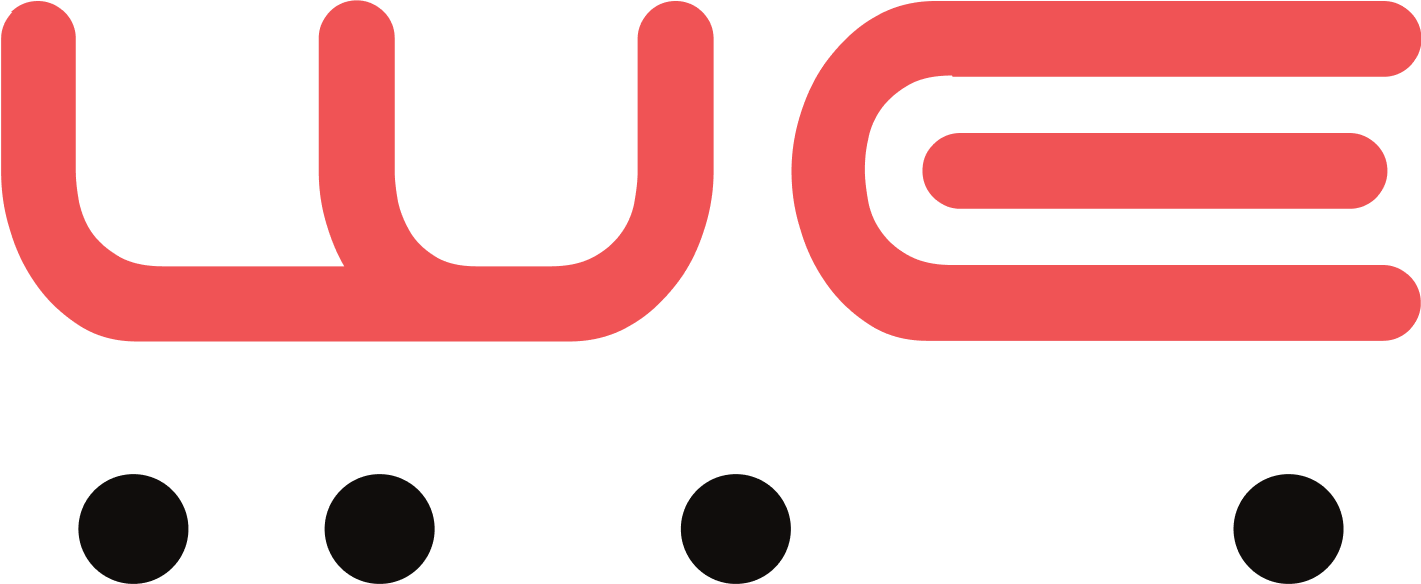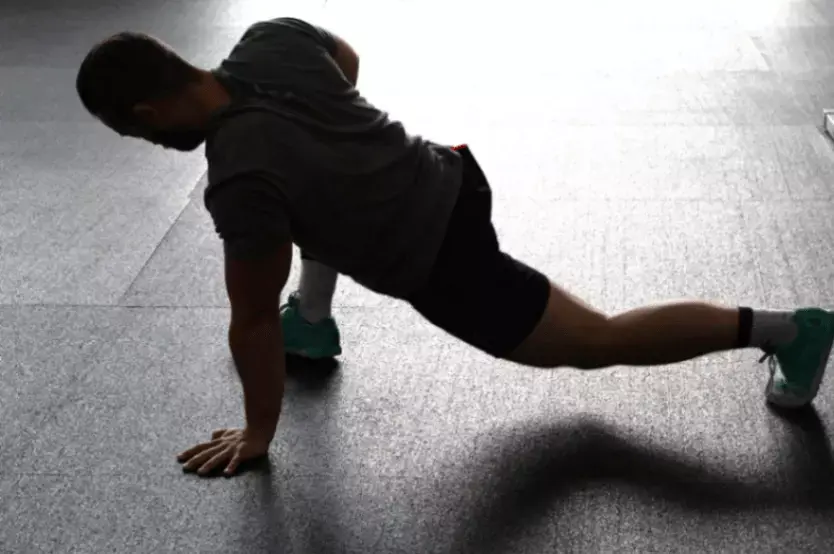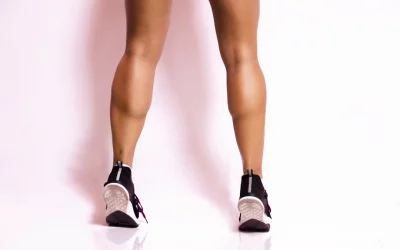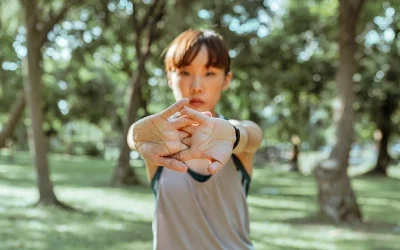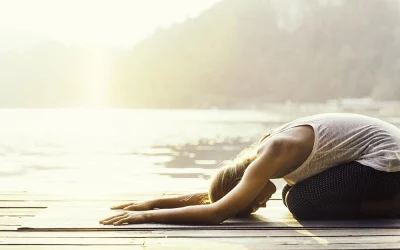Feeling stiff in your hips and legs can limit your movement and even impact how you feel throughout the day. Whether you’re sitting for long hours or engaging in intense physical activity, tight muscles in your lower body can become a common issue. A structured and effective stretching routine can help loosen these areas, improving flexibility, comfort, and overall performance.
This article outlines key moves for relieving tight hips and legs with a simple, targeted routine. If you’re tired of stiffness and the discomfort it can bring, stick around!
The Importance of a Lower Body Stretching Routine
A lower body stretching routine can have a profound impact on how your body moves and feels. Whether you spend extended periods sitting or are actively involved in regular exercise, stretching improves overall flexibility, making everyday movements easier and more comfortable.
Regular lower-body stretching can lead to:
Improved flexibility: By consistently stretching, muscles become more pliable, which improves your range of motion. This means you can move more freely and efficiently, which is useful for both daily tasks and physical activities like running or cycling.
Injury prevention: Stretching combats muscle stiffness and tension. Whether you’re stationary for long periods or physically active, tight muscles can be more prone to injury. Incorporating stretching into your routine helps release this tension, decreasing injury risks.
Better posture and alignment: Tight hips and leg muscles can throw off your posture, leading to discomfort or pain, especially in the lower back. Stretching helps maintain proper alignment, which can alleviate these issues and promote a healthier stance.
Lower Body Stretching Routine
Starting with Gentle Warm-Ups
Before starting your lower body stretching routine, it’s important to prepare your muscles and joints. When your body is warmed up, you’re less likely to experience injuries during stretching. A proper warm-up ensures your muscles are ready to move, increasing blood flow and flexibility.
To begin, focus on dynamic movements. These motions help loosen up your muscles while keeping them engaged. Some effective warm-up activities include:
- Leg swings, which gently activate your hip flexors and hamstrings.
- Walking lunges, promoting mobility in your hips and quads.
- Light jogging in place or brisk walking to elevate your heart rate.
Keep your warm-up brief but effective. Aim for about 5–10 minutes of light activity to get your lower body primed for stretching.
Key Moves for Tight Hips
1. Hip Flexor Stretch
The Hip Flexor Stretch is an essential move for anyone dealing with tightness in the hips. This tightness is often caused by prolonged sitting or a lack of movement, which can lead to stiffness in the hip flexors. Stretching the hip flexors targets this specific area, helping to release tension and restore flexibility.
There are many different stretches targeting the hip flexors. The Low Lunge Quad Stretch is one of the most comprehensive of these stretches. This move not only targets the hip flexors but also engages the quadriceps, hamstrings, and core muscles in one thorough stretch.
To perform the Low Lunge Quad Stretch:
- Begin in a kneeling position with your right foot forward and your left knee on the ground.
- Make sure your right knee is directly over your right ankle and your left knee is positioned behind your hip.
- Sink your hips forward while keeping your torso upright. You should feel a stretch along the front of your left hip (hip flexor).
- Reach back with your right hand and grab your left ankle. Gently pull your left foot towards your glutes while keeping your hips square and pressing them forward.
- Hold the position for up to 30 seconds, then release and repeat on the other side.
2. Pigeon Pose
Pigeon Pose is a powerful stretch that deeply opens the hips and targets the muscles around the hip joint. It is especially beneficial for stretching the hip rotators and hip flexors, both of which can become tight due to prolonged sitting or activities like running.
In addition to focusing on the hips, this pose also stretches the glutes and lower back. These additional benefits make Pigeon Pose useful for anyone looking to release tightness in multiple areas of the lower body.
To perform Pigeon Pose correctly:
- Start in a tabletop position on your hands and knees.
- Bring your right knee forward and place it behind your right wrist.
- Extend your left leg straight behind you, keeping the top of your foot flat on the ground.
- Slowly lower your hips toward the floor, ensuring that your hips are squared and facing forward.
- Hold the pose for up to 30 seconds, then repeat on the other side.
3. Butterfly Stretch
The Butterfly Stretch is a fundamental seated stretch that targets the inner thighs and hips, helping to release tightness in these areas. By focusing on the adductors—your inner thigh muscles—it promotes greater hip flexibility, which is important for comfortable movement and improved posture.
To perform the stretch:
- Sit with your back straight, keeping your posture tall.
- Bring the soles of your feet together and let your knees fall outward.
- With gentle pressure, use your hands or elbows to press your knees toward the floor.
It’s important to avoid forcing your knees down. Instead, focus on a mild, gradual stretch to prevent injury and ensure you’re working within your comfort zone.
4. Figure-Four Stretch
The Figure-Four Stretch is a highly effective move for releasing tension in your hips and glutes. This stretch can significantly improve lower body mobility, making it an essential part of any routine aimed at relieving tightness in these areas.
To perform the Figure-Four Stretch:
- Start by lying on your back with your knees bent and feet flat on the floor.
- Lift your right leg and cross your right ankle over your left knee, forming a “figure-four” shape.
- Reach behind your left thigh and gently pull your left leg toward your chest, feeling the stretch in your right hip and glute.
- Hold the position for up to 30 seconds, then switch sides.
This stretch is simple yet deeply effective at targeting the hips and glutes, making it especially useful for someone like me who feels tightness after working long hours at a desk job!
Key Moves for Tight Legs
1. Hamstring Stretch
The hamstring stretch is important for improving flexibility in the back of your thighs. When your hamstrings are tight, they can limit your range of motion and increase your risk of injury, especially during physical activities like running or lifting. By regularly stretching your hamstrings, you not only improve mobility but also reduce the strain these muscles place on your lower back, which is common when your hamstrings are overly tight.
The Hurdler Hamstring Stretch is a great variation. To properly perform this hamstring stretch:
- Sit with one leg extended straight in front of you, while the other leg is bent with the sole of your foot resting against your inner thigh.
- Slowly lean forward, reaching toward your toes while keeping your back straight.
- You should feel a gentle stretch along the back of your extended leg. Hold this position for up to 30 seconds, then switch sides.
2. Standing Quadriceps Stretch
The Quad Stretch is a fundamental move for loosening up the quadriceps, the group of muscles located at the front of your thighs. These muscles play a key role in many everyday movements, so stretching them helps reduce tension and prevent discomfort.
By regularly practicing the Quad Stretch, you can improve flexibility and expand your range of motion, which is important for:
- Walking efficiently
- Performing squats with better form
- Running without strain
To get the most out of this stretch, maintaining proper posture is important. Whether you’re standing or lying down, keeping your back straight and your hips aligned ensures that you don’t put unnecessary strain on other parts of your body, which can limit the effectiveness of the stretch.
The Standing Quadriceps Stretch is a classic and straightforward example of a quad stretch. To perform it correctly:
- Stand tall and balance on one leg.
- Bend the other knee, bringing your heel toward your glutes.
- Hold your foot behind you with your hand, ensuring your knee points straight down.
- Hold the stretch for up to 30 seconds, then switch sides.
If standing is difficult, you can also lie on your side and pull the top foot toward your glutes for a similar effect.
3. Seated Forward Bend (Paschimottanasana)
Seated Forward Bend (Paschimottanasana) is a foundational stretch that directly targets the entire back of your legs. If you’re dealing with tight hamstrings, this is one of the most effective stretches to incorporate into your routine.
Beyond your hamstrings, this stretch also provides a deep release for your lower back. Improving flexibility in this area supports a healthier posterior chain and can alleviate tension that often accumulates in the lower spine.
To perform Seated Forward Bend:
- Sit on the floor with your legs extended straight in front of you.
- Begin to hinge forward from your hips, keeping your spine as long as possible.
- Reach toward your feet or shins, depending on your flexibility, allowing your head to relax toward your knees.
- Hold the position for up to 30 seconds while breathing deeply, ensuring you don’t round your back as you stretch.
This pose can be gently modified by using a strap around your feet if your hands don’t yet reach them.
Cool-Down and Relaxation
After stretching, cooling down is important to help your muscles transition back to their resting state. This phase supports your body in gradually easing out of the activity, preventing abrupt tension or discomfort. Without a proper cool-down, muscles can remain tight, which might limit flexibility gains and increase the risk of stiffness later on.
A relaxed cool-down session also promotes better recovery. By allowing your muscles to settle, you can reduce post-workout soreness and discomfort. Incorporating mindful breathing and gentle movements, such as slow neck rolls and shoulder shrugs, during this time will help:
- Signal to your nervous system that it’s time to relax.
- Release any residual tension in your muscles.
- Foster a sense of mental calmness, which can be just as important as physical recovery.
Tips for Effective Stretching
![]() Maximizing the effectiveness of your lower body stretches requires more than just going through the motions. With a few key strategies, you’ll get the most out of each session, improving flexibility and reducing the risk of injury.
Maximizing the effectiveness of your lower body stretches requires more than just going through the motions. With a few key strategies, you’ll get the most out of each session, improving flexibility and reducing the risk of injury.
Consistency is essential for lasting improvements. Stretching regularly, instead of sporadically, helps increase flexibility and maintain mobility over time. Aim to incorporate stretching into your routine several times a week for the best results. You can achieve this easily with apps like WeStretch, which allow you to set stretching goals and track your progress.
When stretching, proper form is critical. Paying attention to alignment—keeping your body in the correct position—ensures that you engage the right muscles and avoid injury. This is especially important for beginners, as incorrect form can lead to strained muscles or overstretching. WeStretch features two animated experts, Ada and Bruce, who provide easy-to-follow guidance on proper form.
Breathing also plays a significant role in your stretches. Controlled, deep breathing helps release muscle tension and allows you to gradually deepen the stretch. Try to breathe slowly and steadily, which will also help you stay relaxed and focused.
When holding a stretch, avoid bouncing or jerking movements. These can cause unnecessary strain and increase the risk of overstretching. Instead, focus on static holds, gently maintaining each position for up to 30 seconds as your muscles gradually release.
Lastly, gradually increase stretch intensity. Start gently, especially if you’re new to stretching or are particularly tight. Over time, as your flexibility improves, you can slowly deepen each stretch, but always listen to your body to avoid pushing too far.
By following these tips, you’ll ensure that each stretching session is safe, effective, and beneficial for your flexibility goals.
Exercise Smarter with WeStretch: Your All-in-One Stretching Assistant
A consistent full-body stretching routine is essential for improving flexibility, supporting injury prevention, and enhancing overall well-being. Carefully following simple yet effective stretches targeting the hamstrings, hip flexors, back, quads, chest, and shoulders, individuals of any fitness level can reap the benefits.
Regular stretching, with attention to proper form and consistency, can help you move more freely, recover faster, and feel better in everyday activities.
Looking for a way to add some fun to your stretching routine? Check out WeStretch—an app that’s like your own personal stretch coach! With tailored plans, easy-to-follow demos, and progress tracking, it’s got everything you need to keep you limber and on point. Ready to get flexible? Sign up today and let’s get stretching!
FAQ
What are the key moves in a lower body stretching routine for tight hips and legs?
Key moves include the pigeon pose, butterfly stretch, hip flexor stretches like low lunge quad stretch, seated forward bend, and standing quad stretch. Hold each stretch for up to 30 seconds, focusing on deep breathing to increase flexibility and alleviate tightness in the hips and legs.
How often should I perform lower body stretches for optimal results?
For optimal results, perform lower body stretches at least 3-4 times a week. Incorporate stretches like hamstring reaches, quad stretches, and hip flexor stretches, holding each for up to 30 seconds. Consider stretching after workouts or on rest days for increased flexibility and recovery.
Can lower body stretching help improve flexibility and mobility?
Yes, lower body stretching can enhance flexibility and mobility. Incorporate exercises like hamstring stretches, quad stretches, and hip openers into your routine. Aim for up to 30 seconds per stretch, holding 2-3 times on each leg, ideally after workouts or during cool-downs for best results.
What are the benefits of stretching tight hips and legs?
Stretching tight hips and legs improves flexibility, enhances range of motion, and reduces the risk of injury. Incorporate exercises like hip flexor stretches, hamstring stretches, and pigeon poses to alleviate tightness, improve posture, and promote better overall mobility in daily activities.
Are there any precautions I should take before starting a lower body stretching routine?
Yes, warm up for 5-10 minutes with light aerobic activity, like brisk walking. Start with dynamic stretches to increase blood flow, and listen to your body to avoid overstretching. Consider consulting a healthcare provider if you have pre-existing conditions or injuries.
